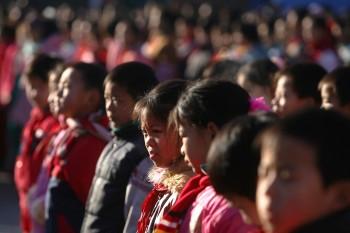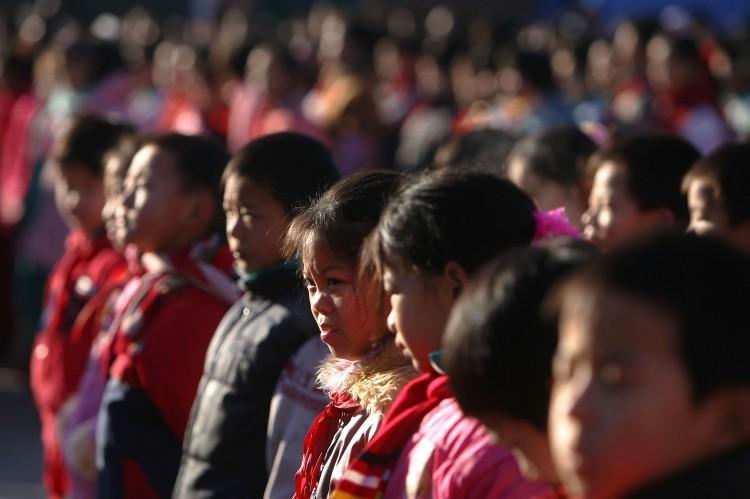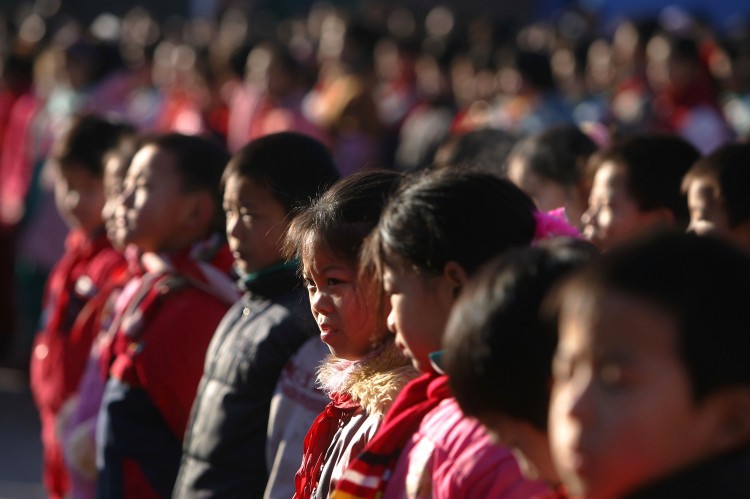Beijing Now Has 7 Million Migrants
Bejing’s migrant population has swelled to over seven million and their children, lacking the correct credentials, find it hard to enroll in school.

BEIJING, CHINA - DECEMBER 28: Students gather on the playground at Xingzhi Primary School, one of the largest migrant children's schools, on December 28, 2004 in Beijing, China. Photo by Cancan Chu/Getty Images
|Updated:






